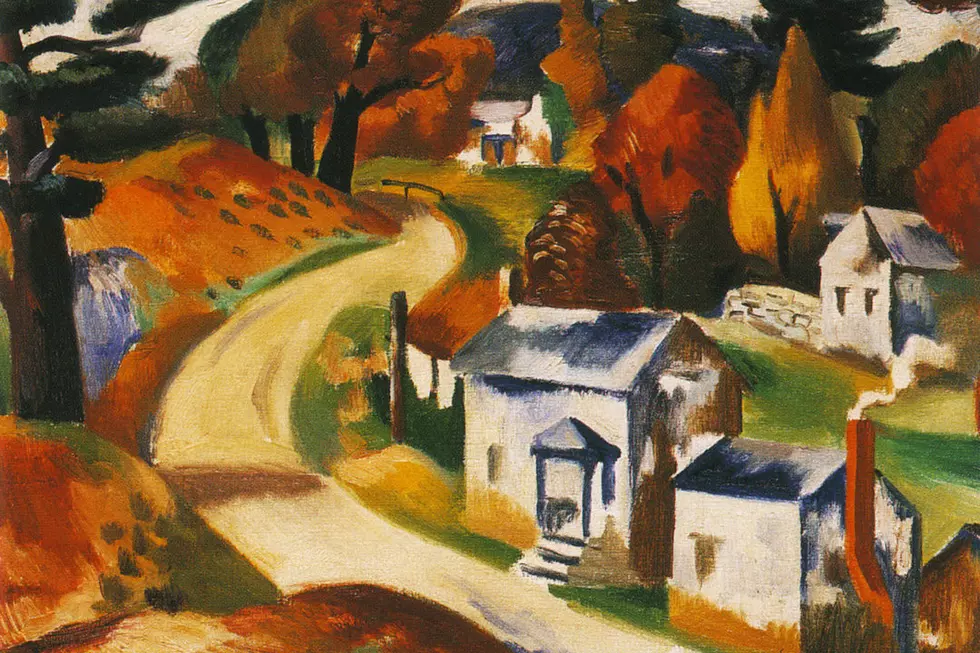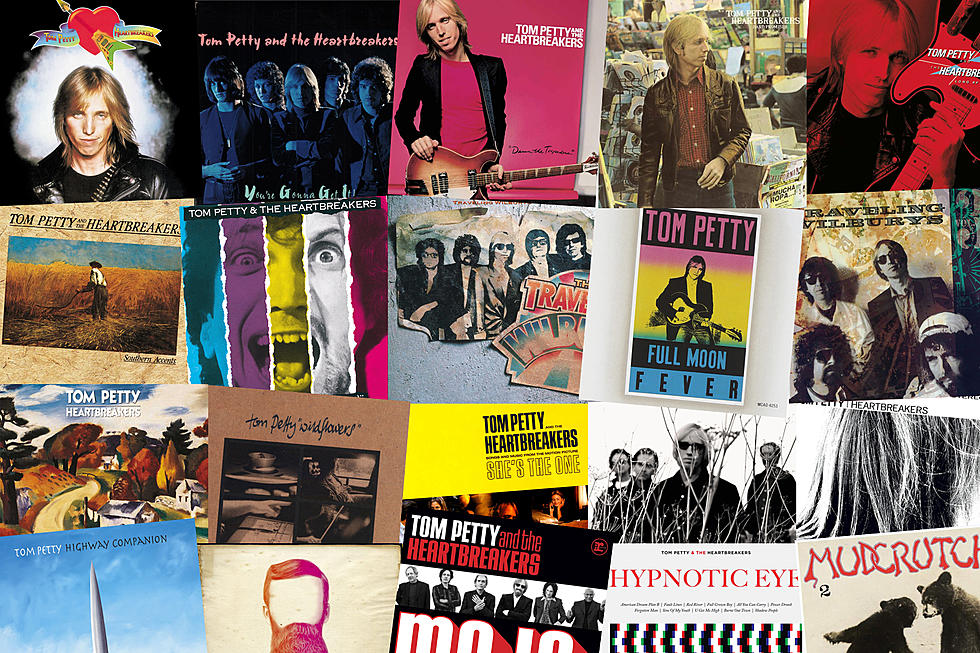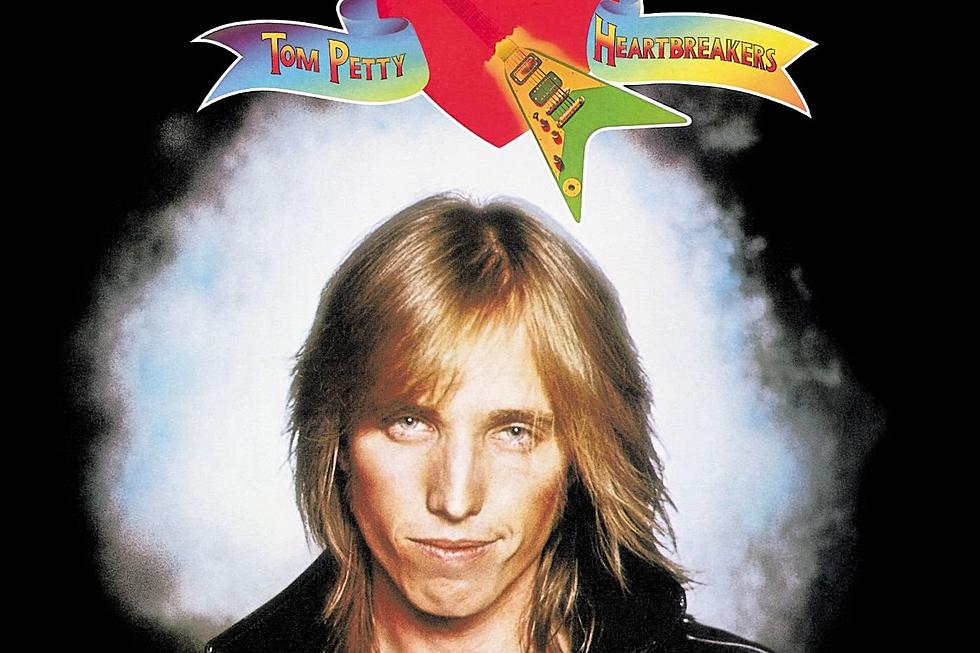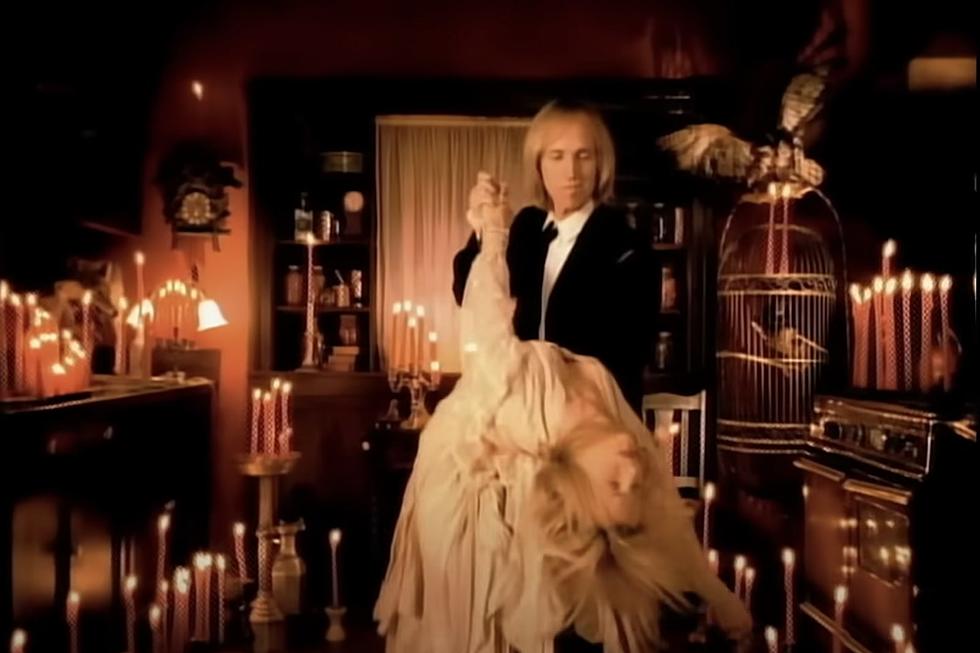
How Tom Petty Tried to Stay on a Roll With ‘Into the Great Wide Open’
The stirring success of Tom Petty's Full Moon Fever was notable for what it didn't include. The 1989 album sold millions, but for the most part was completed – save for key contributions from guitarist Mike Campbell – without the rest of the Heartbreakers.
Into the Great Wide Open, released as a follow up on July 2, 1991, meant to address that by blending the acknowledged strengths of Petty's long-time band with a new radio-friendly feel established alongside Full Moon Fever producer Jeff Lynne.
"I didn't want to leave the Heartbreakers behind," Petty told Rolling Stone in 1991, "because I figured they were the best band I know, and because it just felt like there was a lot of unfinished business. But at the same time, I knew I was on a roll, and I didn't want to just drop what Jeff and I had going."
Expectations, after scoring a five-times platinum smash, ran high – not just with Petty's label but also in the studio. "Now, that was scary for me," Petty added. "There I was taking one of my new friends to meet some of my old ones. And all I can think is 'Oh, boy, these people had better get along.'"
Ultimately, the Heartbreakers seemed to disappear into an already-established template. Petty showcased a more deliberative compositional approach, constructing a series of thoughtful, often mid-tempo set pieces – but that mature style was now familiar to anyone who had just bought Full Moon Fever.
"I enjoy the fact that I don't feel constrained to make a song like 'Refugee' over and over again," Petty told the Chicago Tribune in 1991. "I think your music has to grow as you grow as a person, and you have to constantly keep finding a way that you're of some significance to the music. There's no need to buy the 10th Tom Petty album if it's not any different from the first nine."
Watch Tom Petty and the Heartbreakers' 'Learning to Fly' Video
Even his vocal approach mirrored that of the earlier Lynne-produced solo project. "I think my voice sounds better, fuller, that way," Petty told the Tribune. "That started from me singing to Jeff Lynne on the sofa a few years ago and he'd say, 'I want your voice to sound just like that on the record.' We first did that on "Free Fallin'" (from Full Moon Fever), and I thought it was such a nice warm sound – without any special effects on the voice, just naked – that I stayed with it."
The results failed to achieve the hoped-for goal of blending both aesthetics, and Into the Great Wide Open – which often sounded like something of a retread – perhaps predictably sold about half as much as Full Moon Fever.
"Into the Great Wide Open maybe lost the simplicity that Full Moon Fever had," Lynne said in Petty: The Biography. "Full Moon Fever had a kind of blatant, this-is-what-it-is take-it-or-leave-it feeling. The sound was so concise, just one sound that belonged to itself. The next one, Into the Great Wide Open, maybe it was just thought about too much. It wasn't as simple or straightforward."
Petty, though he was quick to reject the idea of meeting sales projects, seemed to feel that the formula had played out, as well. He switched labels and producers – going with Rick Rubin for 1994's Wildflowers, a triumphant Heartbreakers record in all but name.
"I've never gotten into the businessman's frame of mind. It's just too damn boring," he said. "Rock has been caught up in too many restraints, too many cliched expectations. It's become a huge big business, like McDonald's. Our reaction has been to just turn our heads from everything and just keep doing what we're doing, because we like it."
Tom Petty's Heartbreakers: Where Are They Now?
The Importance of Tom Petty’s ‘Wildflowers’
More From Ultimate Classic Rock









